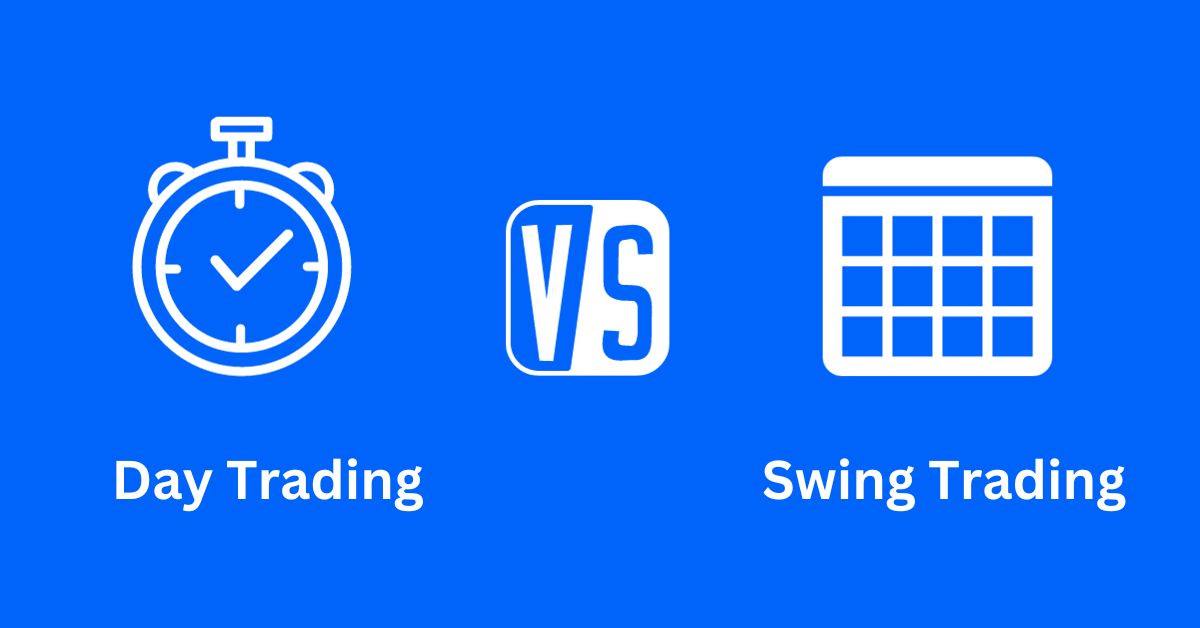学习交易
The Significance of the 1% Rule in Day Trading

Understanding the 1% Rule in Day Trading Stocks
For any aspiring day trader, the market's potential can be both exhilarating and intimidating. While profits can surge, so can losses, leaving financial ruin just a few bad trades away. Enter the 1% rule, a risk management strategy that acts as a safety net, safeguarding your capital and fostering a disciplined approach to navigate the market's turbulent waters.
In essence, the 1% rule dictates that you never risk more than 1% of your trading capital on a single trade. This might seem restrictive, but its benefits are unparalleled.
Staying Afloat Despite the Waves:
Capped Losses: No matter how promising a trade appears, the market can always throw a curveball. By limiting your risk per trade, even a bad one won't sink your entire portfolio. You get to weather the inevitable storms and stay in the game for the long term.
Trading with a Head, Not a Heart:
Emotional Discipline: Greed and fear, the bane of many traders, are kept at bay with the 1% rule. This calculated approach prevents impulsive decisions, like chasing losing trades to recoup losses, a trap that often ensnares novices.
Trading the Smart Way:
Systematic Approach: The 1% rule fosters a methodical approach to trading. By pre-calculating your risk for every trade, you avoid relying on gut instinct and instead rely on a consistent, objective methodology. This can lead to more predictable and potential profitable results in the long run.
The 1% rule isn't a magic formula for guaranteed success, but it's a fundamental building block for any aspiring day trader. It protects your capital, instils discipline, and encourages a systematic approach, turning the market from a treacherous storm into a manageable challenge.
Applying the 1% Rule in a Single Trade
How do you apply the 1% rule in a single trade?
- Determine your risk capital, i.e., the total amount of money you're willing to risk in your trading. This should be money that you can afford to lose without it affecting your lifestyle.
- Calculate 1% of your risk capital. This is the maximum amount you're allowed to risk on any single trade. For example, if you have £10,000 in your trading account, the maximum risk per trade is £100.
- When you enter a trade, calculate your potential loss based on your stop loss level. The stop loss is the price at which you'll exit the trade if it goes against you. The difference between your entry price and your stop loss level is your risk per share. If this exceeds the maximum risk per trade you calculated earlier, reduce the number of shares you buy so that your total risk remains within the 1% limit.
With your risk per trade defined, the next crucial step is identifying high-probability setups. This involves analysing technical charts, studying fundamental factors, and understanding market sentiment. The key is to find a sweet spot that balances potential rewards with capital preservation.
Difference between Day Trading and Swing Trading
While the 1% rule is applicable to all types of trading, there are key differences between day trading and swing trading. As mentioned earlier, day trading involves buying and selling securities within a single trading day.
Swing trading on the other hand, involves holding positions for several days or weeks. The goal here is to capture gains from price swings in the market over a longer period. Since swing trades are held for a longer period, they're susceptible to overnight risk, i.e., the risk of the market moving against your position while you're unable to act.
While the 1% rule can be applied to both day trading and swing trading, the nature of these trading styles means that the risk per trade can be different. Day traders, with their high-frequency trades, may opt for a lower risk per trade, while swing traders might be willing to risk a bit more due to the longer holding period and the potential for larger gains.
Criticisms and Challenges of the 1% Rule
While the 1% rule is widely recommended, it's not without its criticisms and challenges. One criticism is that it's overly conservative, especially for traders with small trading accounts. If you're trading with a £1,000 account, for instance, the 1% rule means you can only risk £10 per trade. This could limit your potential returns and make it difficult to grow your account.
Another challenge is that it assumes you have the discipline to stick with it. This is easier said than done, especially in the heat of the moment when a trade is moving against you. It can be tempting to override the rule and risk more in the hope of recouping your losses.
Furthermore, the 1% rule doesn't take into account the risk-reward ratio of a trade. Two trades with the same risk per trade might have different potential rewards. For instance, a trade with a potential reward of 3 times the risk might be a better opportunity than a trade with a potential reward of 1 times the risk, even if both trades involve the same risk per trade.
Conclusion: Other Risk Rules to Consider
While the 1% rule in day trading is a good starting point, it's not the only risk rule you should consider. Other risk rules include the 2% rule, which is similar to the 1% rule but allows for a higher risk per trade, and the fixed dollar risk rule, where you risk a fixed amount of money on each trade regardless of the size of your trading account.
Remember, trading is not just about making profitable trades, but also about managing your losses. The 1% rule is a valuable tool in your trading arsenal to help you achieve this. So, consider applying this rule in your trading strategy and see the difference it can make in your trading outcomes.
此处提供的材料并未按照旨在促进投资研究独立性的法律要求进行准备,因此被视为营销沟通。虽然它并不受到在投资研究传播之前进行交易的任何禁令,但我们不会在向客户提供信息之前谋求任何优势。
Pepperstone并不保证此处提供的材料准确、及时或完整,因此不应依赖于此。无论是来自第三方还是其他来源的信息,都不应被视为建议;或者购买或出售的要约;或是购买或出售任何证券、金融产品或工具的征求;或是参与任何特定交易策略。它并未考虑读者的财务状况或投资目标。我们建议此内容的读者寻求自己的建议。未经Pepperstone批准,不得复制或重新分发此信息。
